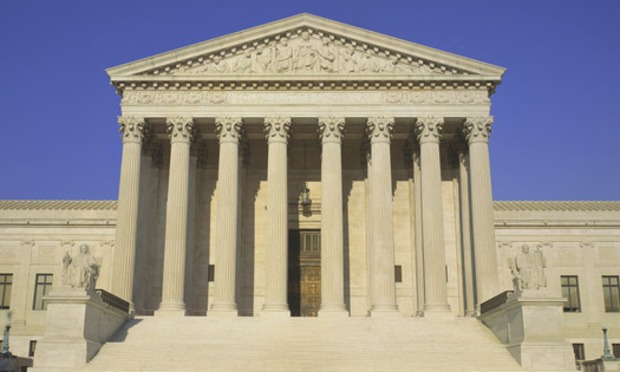When the U.S. Supreme Court issued its opinion in Digital Realty Trust v. Somers, — U.S. –, 200 L. Ed. 2d 15 (2018), the main focus was on the court’s unanimous conclusion that whistleblower protections under the Dodd-Frank Act extend only to employees who report violations to the Securities and Exchange Commission. Buried in the two concurring opinions, however, was an entirely separate and important debate about the use of legislative history to interpret statutes. While not the first attack on the use of legislative history by conservative justices, the concurrences in Digital Realty Trust suggest a growing divide between the Justices that will lead to further battle over how the court will interpret statutes in the future.
In Digital Realty Trust, the majority relied largely on the plain language of Dodd-Frank’s whistleblower provisions, but then cited a Senate Report as evidence of the statute’s purpose and design. 200 L. Ed 2d at 28-29. A concurrence authored by Justice Clarence Thomas and joined by Justices Samuel Alito and Neil Gorsuch, however, dismissed the use of the report to discern “the supposed ‘purpose’ of” Dodd-Frank. Id. at 35. Justice Thomas’s concurrence prompted a rebuttal concurrence from Justice Sonia Sotomayor, joined by Justice Stephen Breyer.


 U.S. Supreme Court in Washington, D.C.
U.S. Supreme Court in Washington, D.C.




